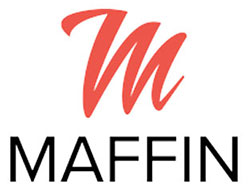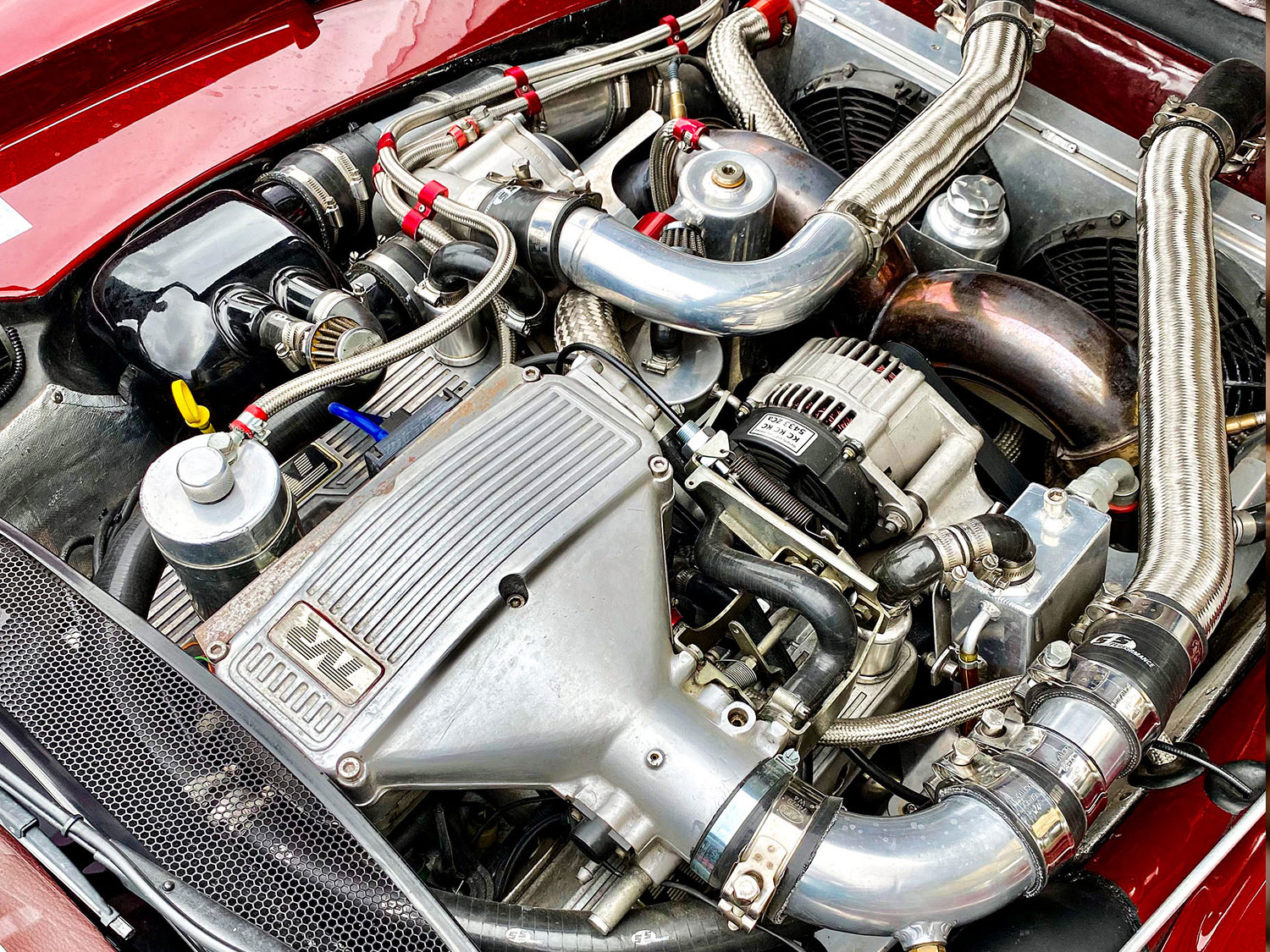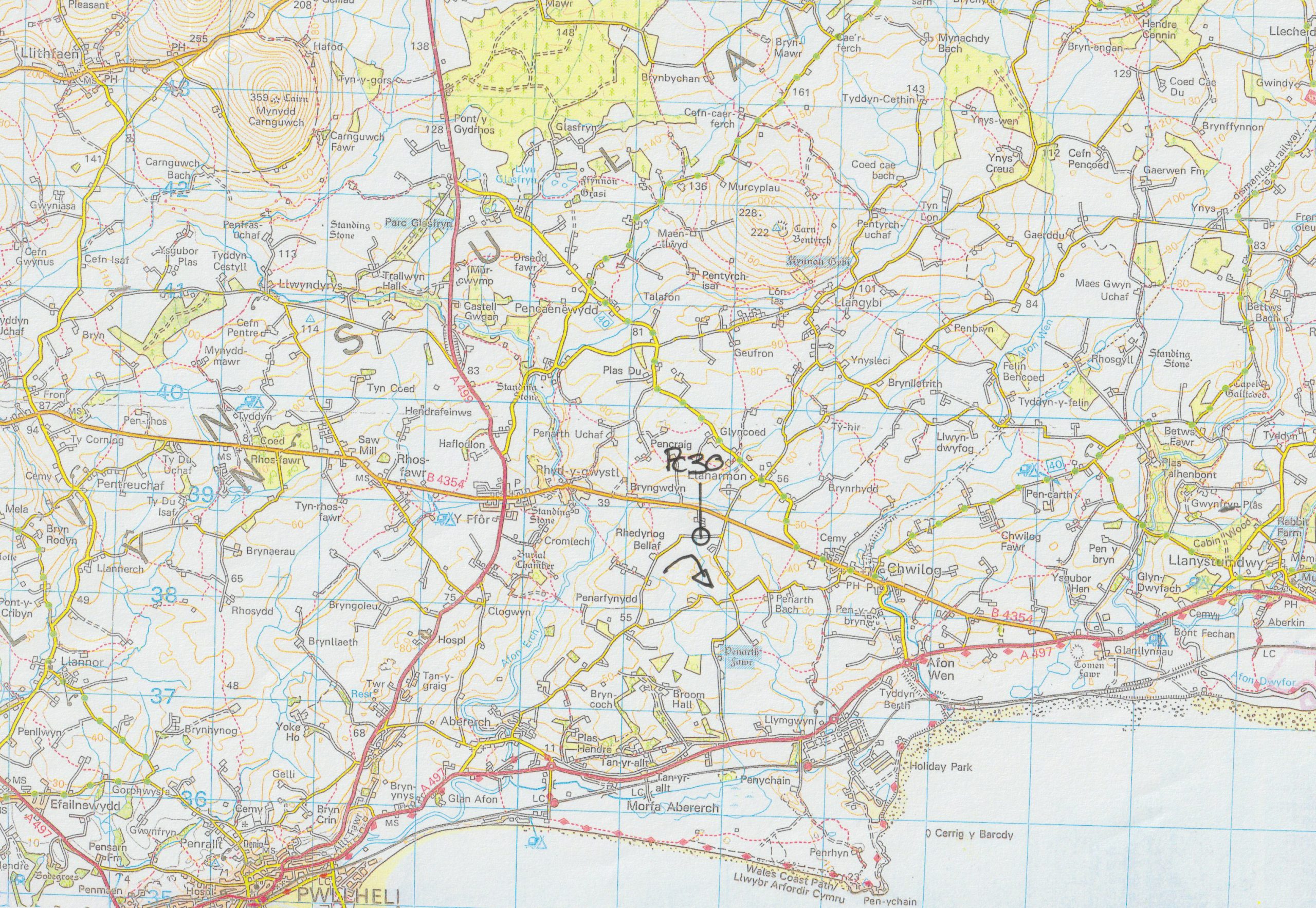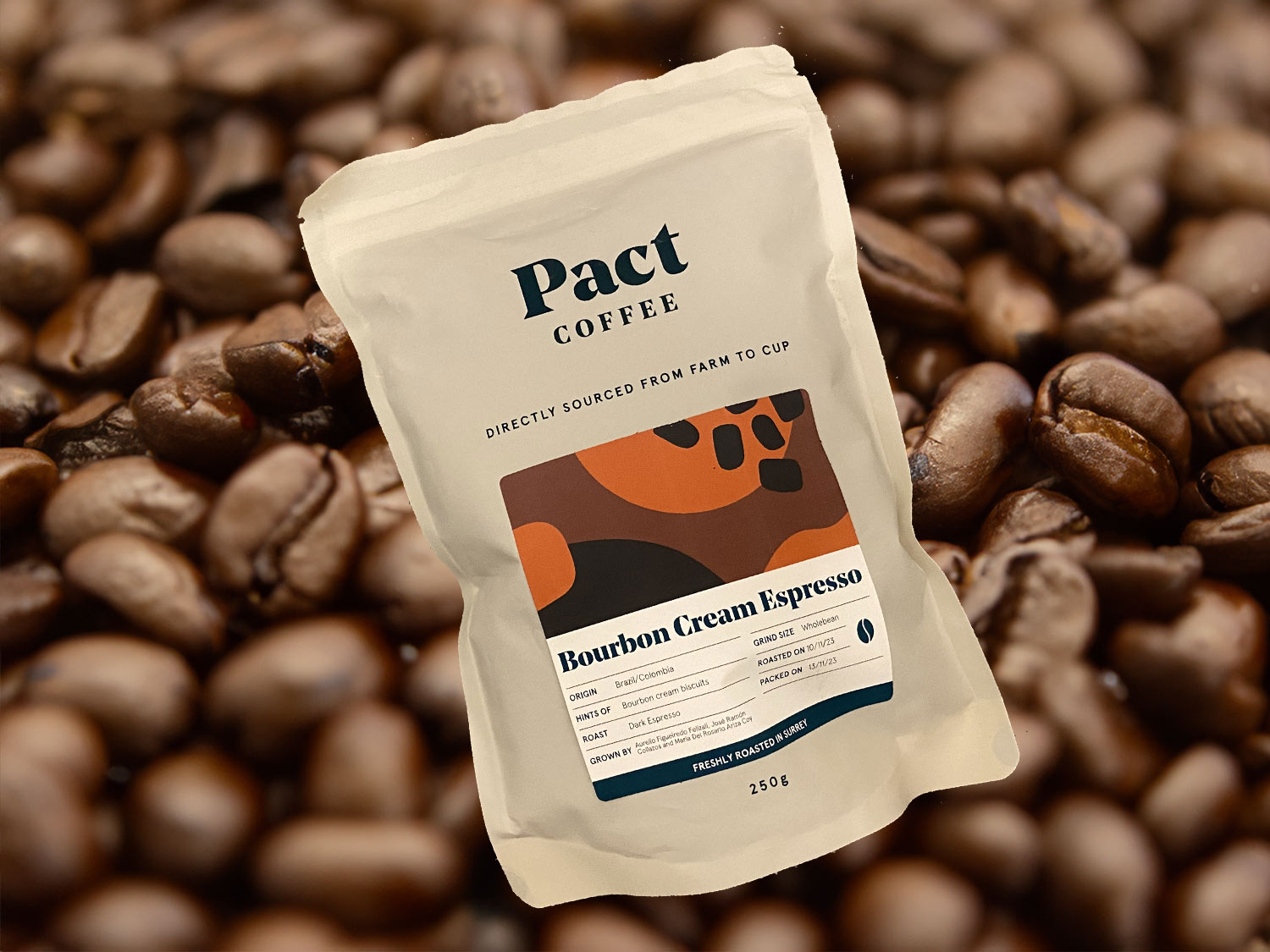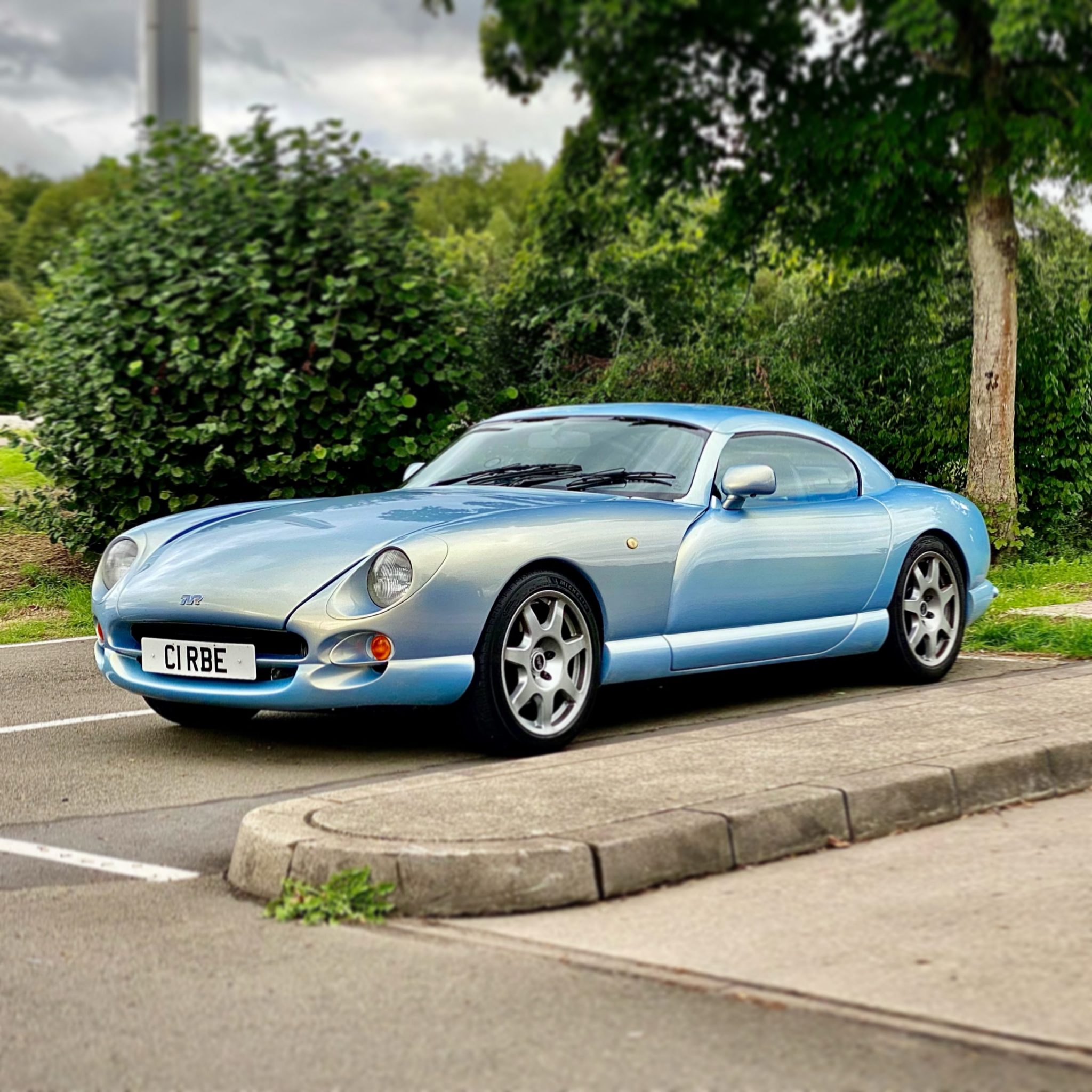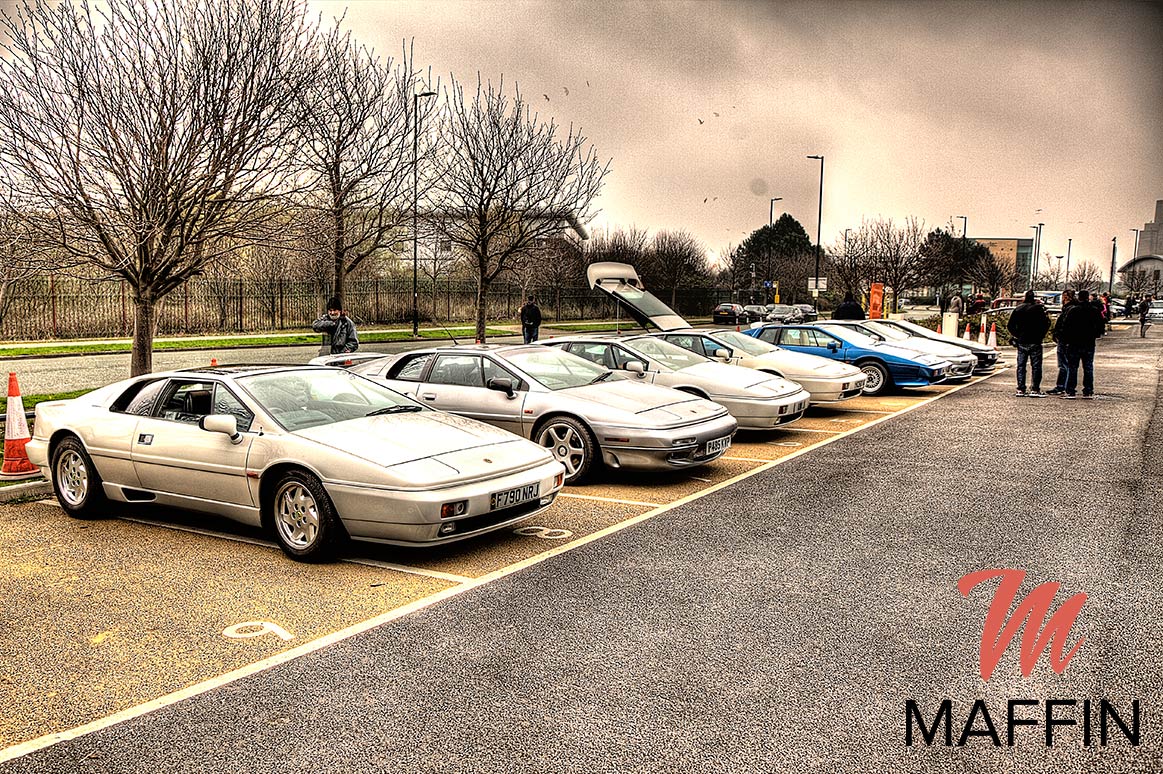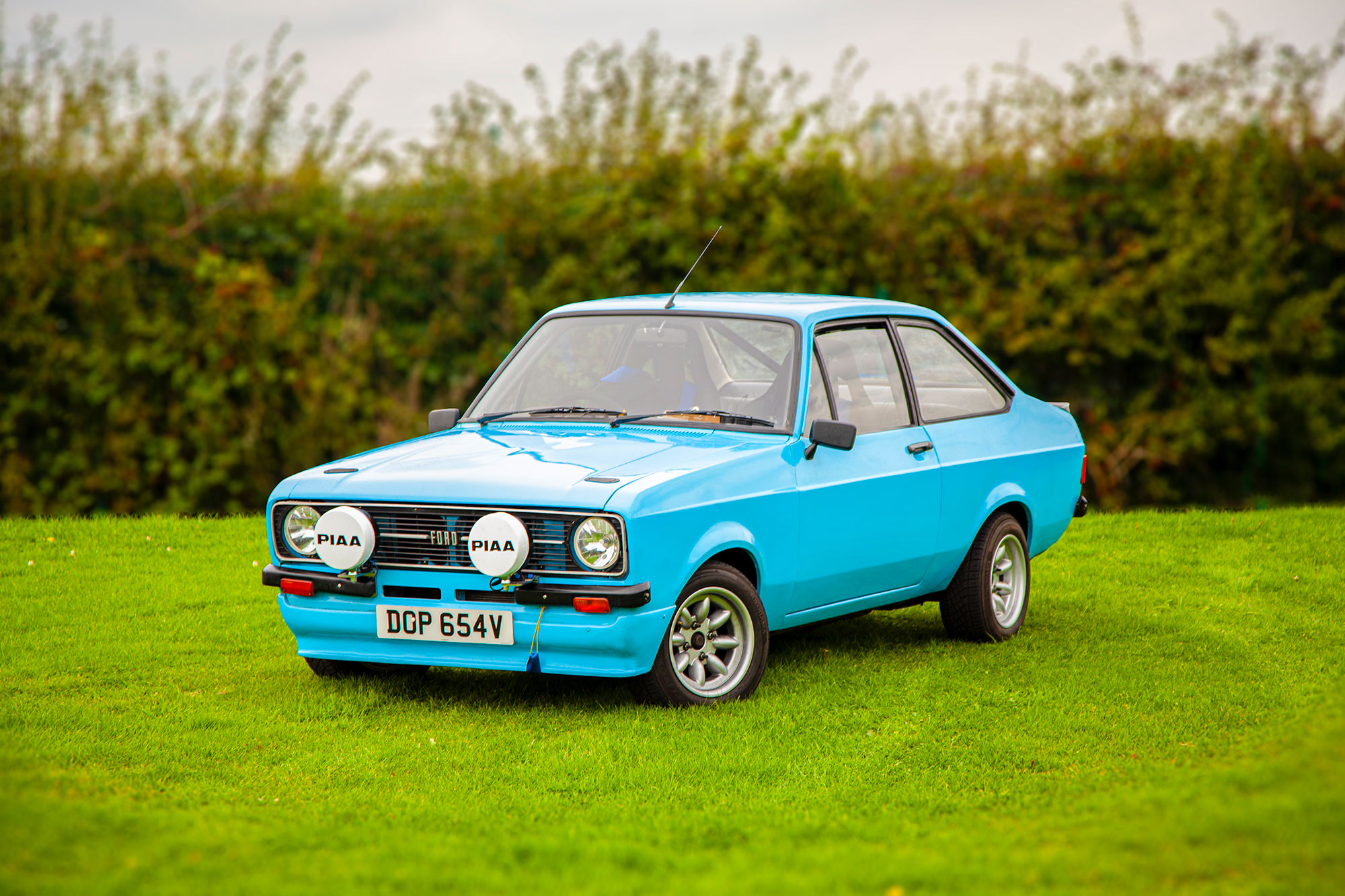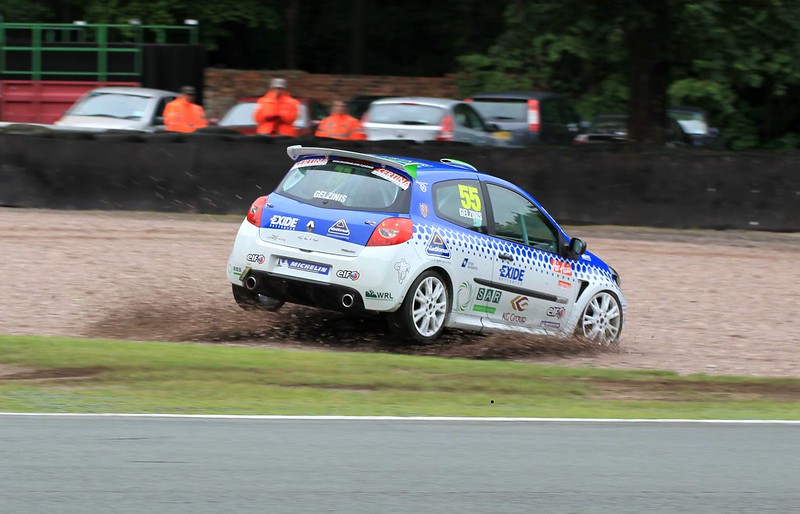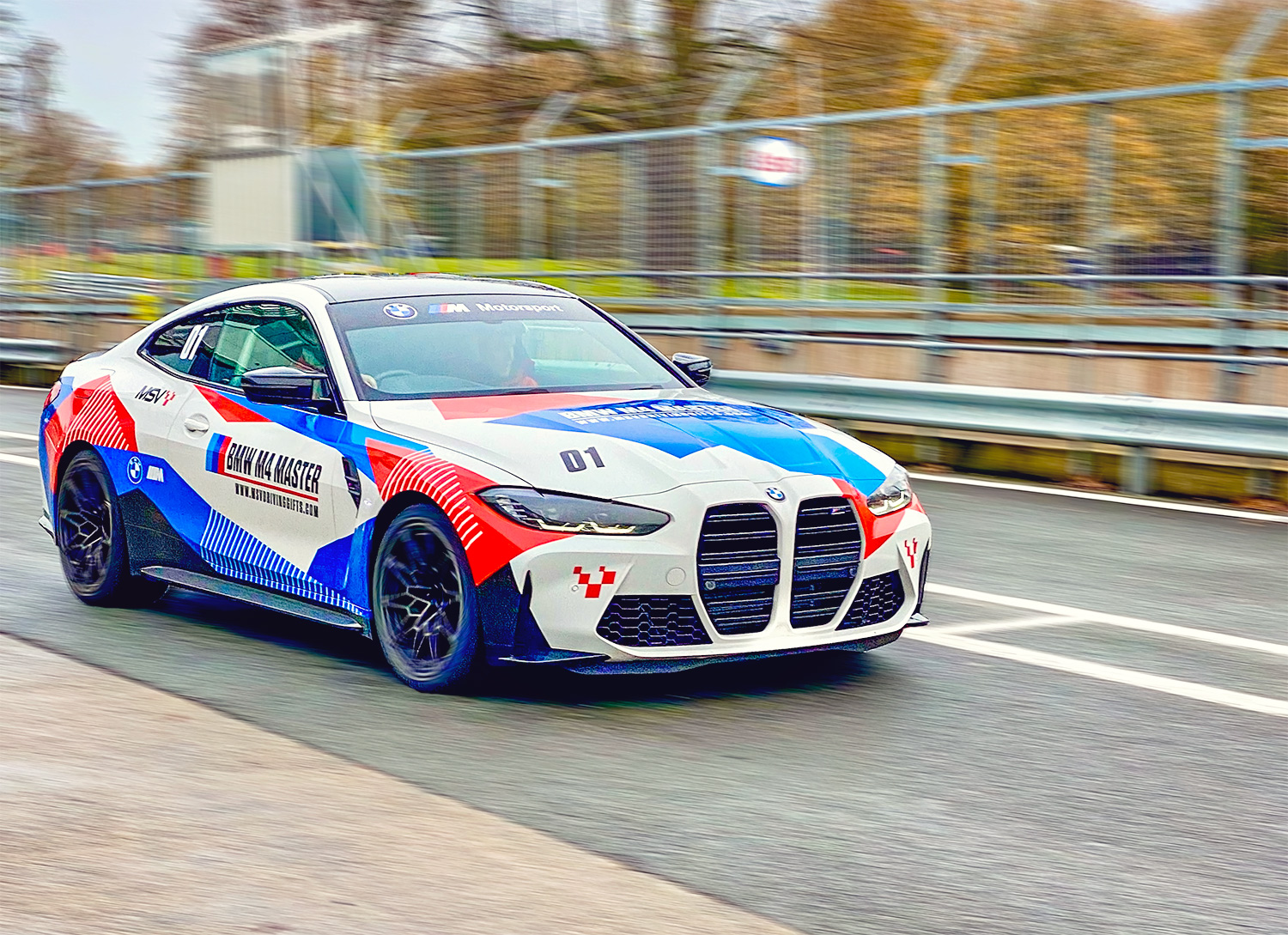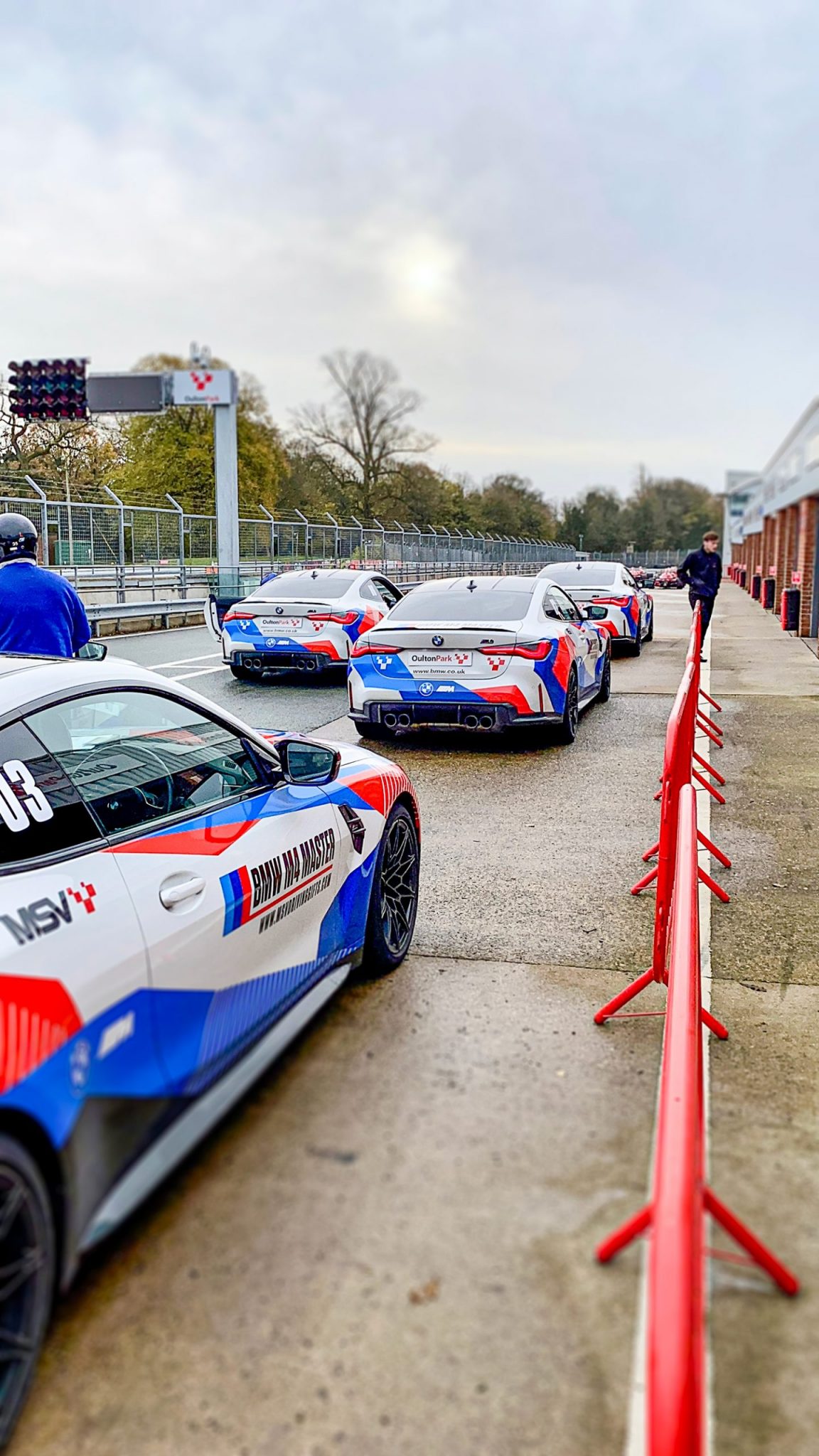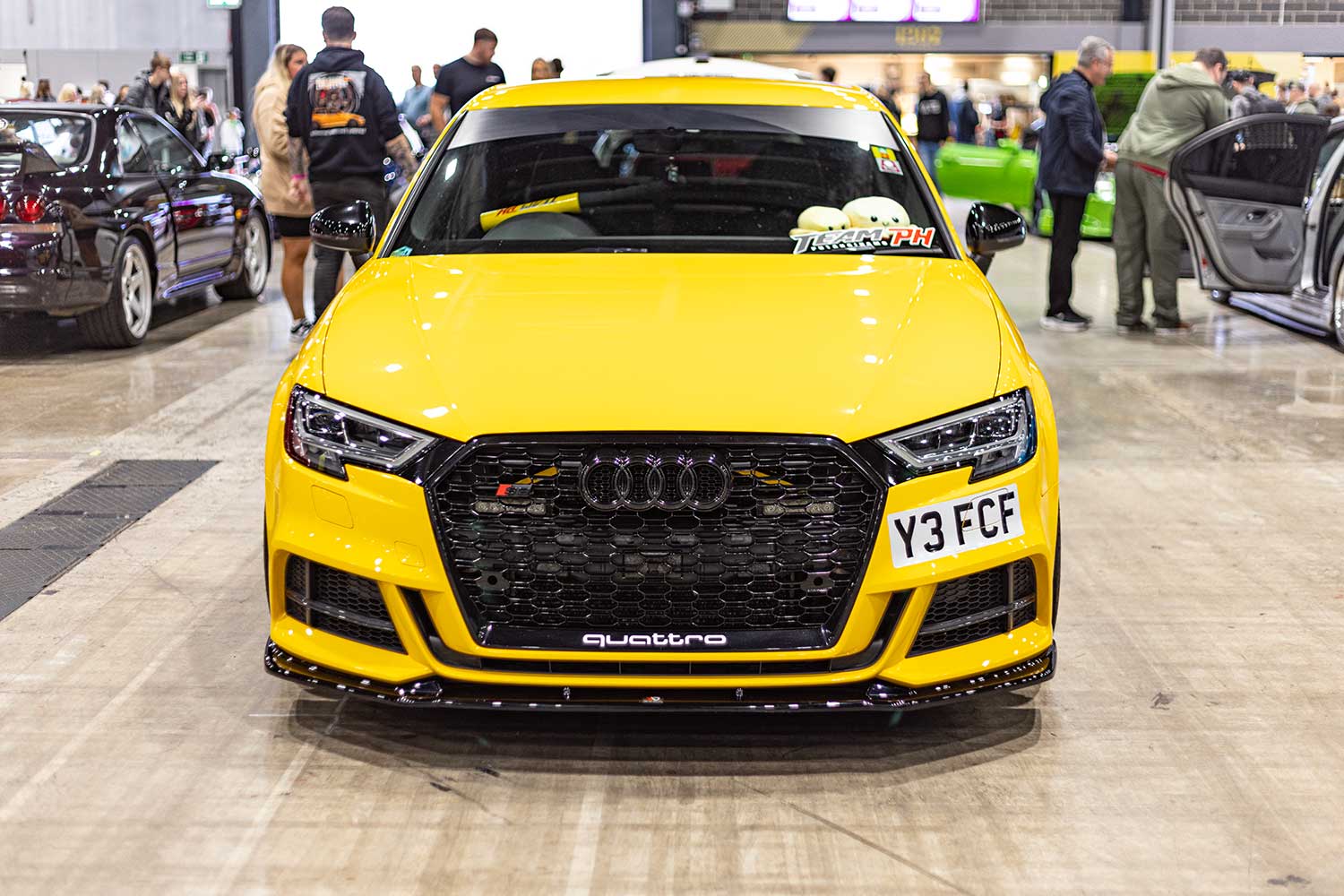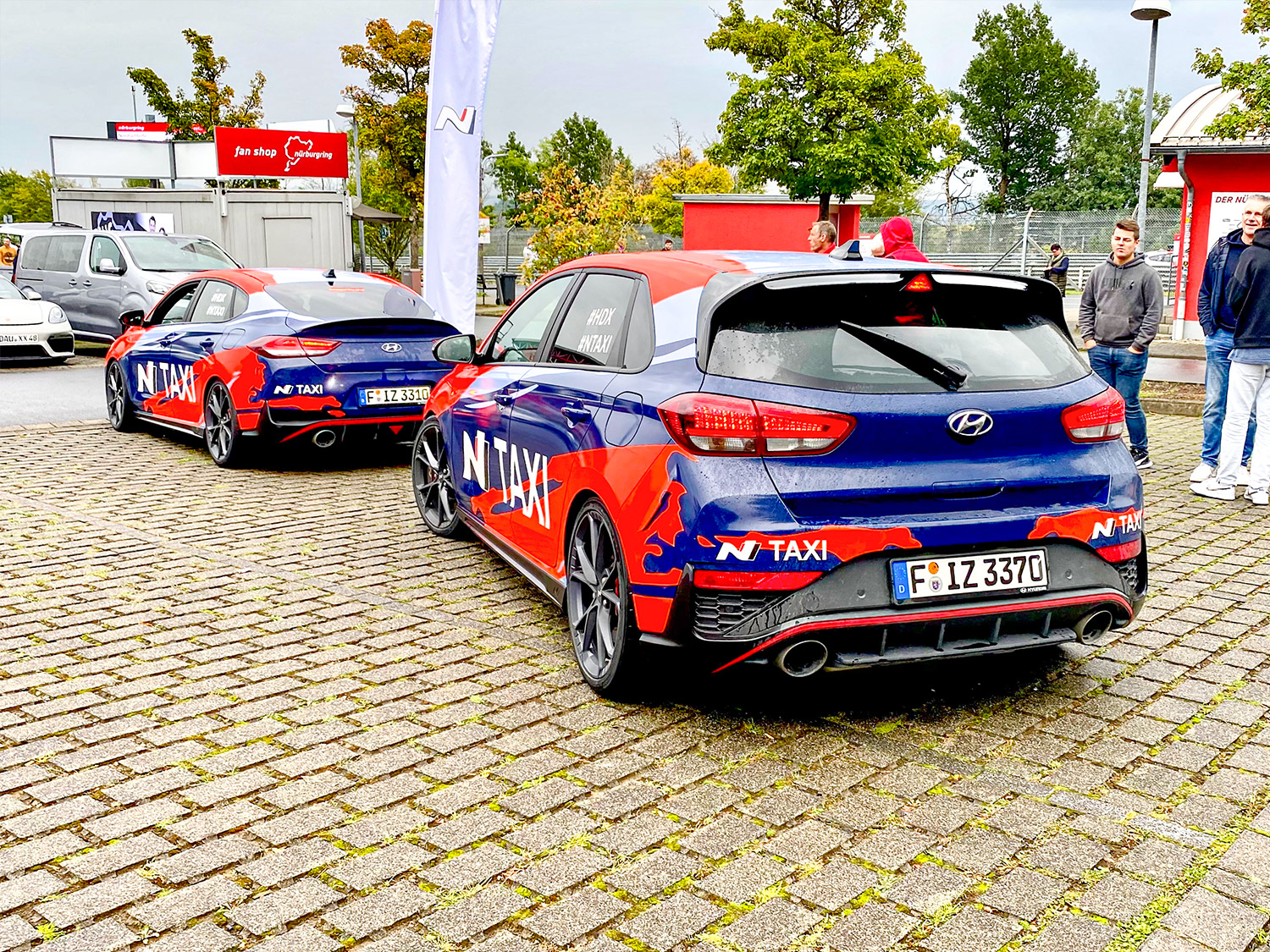Guide to British Road Rally Marshalling
An Intro to Road Rally Marshalling
The sweet smell of exhaust fumes, fast cars brooding on the asphalt, the collective anticipation of an epic oncoming event and competing teams doing last minute checks on their motors before scrutineering.
This isn’t the Monaco Grand Prix, it’s Plas Heli just outside Abersoch in March, and the annual road rally is starting to escalate into activity. There’s a brisk wind sweeping in off the marina; I can’t feel my hands, my mate’s lad looks like he needs a Big Mac, and I couldn’t be happier.
Welcome to road rally marshalling.
Trying to define the point where all these things come together and make something that should be a chore enjoyable is challenging to do, but I’ll run through my experience of the process, and you can come to your conclusions. Don’t all fight at once.
No Marshal – No Start – No Refund
First off, this is a typical piece of info in race regulations. Marshals are essential for these kinds of events to operate. They’re so crucial that teams can’t enter or compete without also entering a marshal to help out with no exceptions.

Secondly, I’m no expert in cars, rallying or marshalling. I spend my day herding developers towards a delivery goal in software. Don’t be put off by thinking you need some degree in engineering, a Ferrari or a Chris Hemsworth persona – sadly, I lack all these things and still manage to do an okay job at the passage control.
But we’re getting ahead ourselves; let me rewind a little bit. Not everyone may be familiar with the concept of a road rally. Before my first marshalling attempt, I had a warped view of the amount of organisation involved, the dedication and frankly, how hard it must be even to finish.
Governed by Motorsport UK, road rallies are organised by local clubs and involve ‘teams’ competing in a given geographical area on public roads.
Yup, it means everyone needs to pay attention to the usual statutes and bylaws any road user has to while driving the kids to Tesco.
The cars come in all shapes and sizes. Generally, the repeat winners have invested in classic Mark ii Ford Escorts (which don’t come as cheap as you might think). For the most part, you’re likely to see a wide range of makes and older models, including Porsche Boxter’s, Micra’s, Subaru’s, Citroen Saxo’s and BMW 318s.
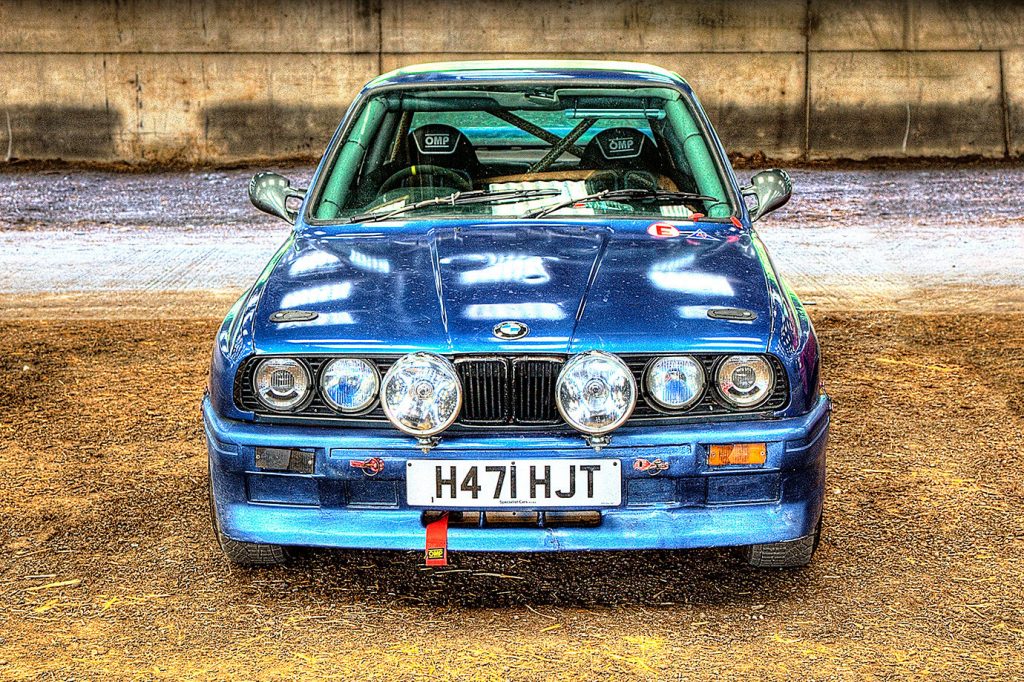
While it might be possible to put a new car around the course, this is an amateur event. There’s no sponsorship or prize money which means there’s little or no ROI for forking out big money on a new car other than bragging rights. I’ll also go into a bit of detail below about the factors which create a winner, and a new vehicle is not top of the list.
Who’s in a Road Rally Team?
Teams almost always comprised of a driver, a navigator and the all-important marshal. However, many people bring family members to the event start to show support and look at all the cars.
Some rally events have spectator points, but clubs don’t encourage these as, unlike professional circuits, there’s little or no protection (or insurance) for spectators.

If it’s on a Public Road, How is it Competitive?
This was the first thing I wondered. Surely driving about can’t be that hard? And how can you race if you’ve got the stay at the speed limit?
This is where I was schooled in a big way.
After being briefed, the navigators and drivers are given a set of co-ordinates that involve passing through waypoints (these are either passage controls or time controls).
They have to hit all of the controls if they are going to be considered for a ranking. Cars set off at given time intervals and are monitored throughout, ensuring they don’t speed (the timed checkpoints), drive safely and cross all the waypoints in the right order.
Getting the waypoints correct is the difference between coming first and second (or even last). Failure to hit the checkpoints results in severe ranking penalties (i.e. no matter how fast you’ve completed the event, if you miss a checkpoint someone with a slower time, but has hit all the checkpoints will still beat you).

Thus, for most of the competitors, the outcome of the race is decided before the cars have crossed the start line.
When you’re doing your Duke of Edinburgh Award in cadets plotting your map’s points in a classroom is easy. Sat in a car park, under time pressure, can lead to mistakes, and mistakes mean missed checkpoints.
This is compounded by the race area being unfamiliar to many drivers; lots of the terrain is sat in rural areas that barely register on the map, and the events are up to 100km long. Oh, and it’s at night. Did I forget to mention that?
The ‘race’ is as much a test of the navigation and communications skills between the two people in the car as much as it’s about vehicle control and bhp.
A great driver can’t compensate for a poor navigator, no matter how much experience or horsepower they’ve got at their disposal.
Back to Marshalling
Now you’ve got an idea of what’s going on; we’ll segue into how this pans out for you as a marshal.
A good starting point is to try and join a team that’s done this before. It’s what I did and meant the learning curve on the night was flattened out considerably, allowing me to enjoy the whole process without the stress of potentially screwing something up.
It’s worth noting that you don’t need to be annexed to a team at all. If you’re aware of an event taking place, you can call the race co-ordinator and ask if they need volunteers. They’re unlikely to say no. When you turn up, you might as well be walking on water; the motor clubs appreciate people being there to help out, and it does give you some wiggle room to ask for a specific time for your checkpoint in case you want to dart home earlier.
Once you’ve arrived at the race control and parked, in the same way, the driver/navigators are given a set (of many) waypoints to plot on their map; as a marshal, you’ll be given a pack for your control point.
This is where there’s quite a bit of variance in how the different motor clubs approach the info. There should ideally be a minimum standard, but expect to see a wide variety of standards.
The best ones will go through the info with you and include a printed Google satellite map of the area with the best place to park highlighted.
If you’re not sure, ask – it’s easier to ask when you’re in a warm school hall than realise you’re not sure where you’re meant to be 15 mins before the first cars arrive. Worry not, though – if you don’t quite get it right, there is some contingency here which I’ll come to in a bit.
You may also be given some other kit, like a torch and a hi-vis jacket and pens. I’d assume you’ll not be given any of these and take your own. My car’s boot does look like I’m preparing for some oncoming nuclear disaster with the number of spare torches, vests, and high energy snacks. Worst case, you end up with double the kit, which you can lend to people at the next meet up if they’ve forgotten a thing.
Once I’ve got my marshal pack, I grab a brew, sit down and work out where I need to be and when. Marshals are not given OS maps, so you’ll need to buy one beforehand (or get the driver you’re helping provide it). The exact version will be in the race regulations sent out to teams a few weeks before the event. Sometimes they will have them for sale on the night but usually at a higher cost than usual.
The first time I did this, I had my mate’s teenage lad with me who’d done it before, and he was a great help sense-checking the map reading (he had also done Duke of Edinburgh in cadets). We checked where we had to be and went and found the location before doing anything else.
This can be easier said than done even with a satnav (the navigator and drivers aren’t allowed to use google maps, but marshalls are).
Remember, you’ll be trying to find a 50m stretch on a rural “B” road in the middle of nowhere at night, sometimes in the rain. Even with the aid of a mobile, this can be difficult as there are few points you can cross-reference with during daylight, let alone by xenon headlights. Some checkpoints are easier to find than others, and there’s a bit of an art to it.
When you’re given your pack, asking questions can save the hassle of having doubts after you’ve driven the same bit of road three times, counting cattle grids (we did do this).

Once you’ve found the control point, time permitting, I’ll usually have already found a place to eat in the area that I like the look of.
Other than the incredible drive to these events down beautiful ancient glacial valleys and empty A roads, I have a little explore of the area. I’ve been to places I wouldn’t dream of (or in most cases can’t pronounce) all over Wales. Places locals barely know about, and I’m likely to never go to again.
Trying to find anywhere to eat with a patchy mobile signal is not the best idea, and quite a few of the checkpoints I’ve manned have had no mobile signal whatsoever.
If you’re a bit prepared a couple of days before, from the comfort of your living room, you can even book a table at a decent place, though Burger King works just as well if you want some foody filth.
Wherever you go, you’re going to need to make sure you’re well-fed for the long night ahead. Avoid alcohol; if there’s an issue at your checkpoint, you’ll want a clear head.
Road Rally Marshalling Equipment
The events occur mainly in the colder months; I assume this reduces the possibility of holiday traffic impeding the events’ progress and increases competitors’ number as they’re not away holidaying in Majorca.
Given UK climate being what it is, this has lead to having water bottles freeze solid while standing about, so it’s hard to over-prepare.
In terms of equipment, there’s no speciality gear you need. I’d generally assume anything goes when picking clothing – it’s easier to take it off than find stuff you don’t have and end up bitching about it all night to the sky.
Here’s a good starting point of what to take:
- Down and Gortex Coat
- Waterproof over trousers
- Thermals
- Walking Boots or Wellies
- Warm hat
- Cotton combats
- Glovers (fingerless make it easier to write)
- Spare pens
- Hi-Vis Jacket – you don’t want to be hit by a Micra.
- Clipboard
- Several torches – all in well-defined places as trying to find one in the dark has its frustrations.
- Snacks
- Bottled Water – in plastic bottles
- Spare trousers/top/underwear (if you’ve been to Wales, you’ll know it can rain from time to time).
- Relevant OS Map
- Large hammer (I’ll explain why in the next section)
- Money
- Mobile & charger (car/battery pack)Sleeping bag/pillow – unless you’ve got a speciality car, it gets freezing at night with the engine off even in the warmer months.
Before the race starts, you can get some kip (hence the sleeping bag). If you’re on a 4 am passage control, having some sleep will likely make the rally more enjoyable. I’ve found sleeping at the checkpoint a good idea as you don’t have to wake up and then travel. If you oversleep, you’ve got some wiggle room too and don’t have to high tail it to the checkpoint.
I chose a quiet car park next to a petrol station to find later it was the event’s refuelling stage for my first rally. It was hard to get any sleep, given the 50 rally cars screaming to a stop and wheel-spinning off again.
Passage or Time Control
There’s two types of marshalling you can do, passage control and time control. I’ve only done the former currently, which I’ll concentrate on.
Road Rally Passage Control Documents
The first document shows exactly where I’m meant to be on the OS map (saves me dicking about with co-ordinates).
The second is a more detailed map of where I have to stand, where my car can go and where the control board sits. Literally perfect. I’ve had some passage control points where the location hasn’t been quite clear and there’s mobile reception. Remember when you’re trying to find these places it’s pitch black, and often raining. Usually my biggest worry is where to put the car as I don’t want it getting damaged or stuck.
These were from the Merfyn Hughes Memorial Rali Llŷn 2022 and is probably one of the best packs I’ve had.

There are other control points, including unmanned ones (where competitors have to write down a code from a control board), quiet zones (non-competitive, urban areas) and secret checkpoints (set up to check safe driving).
The cars need to come through the passage control points in a specific order, direction and “in control” with their spotlights off. As a marshal, you’re there to record this has happened. This is easier said than done, given what the UK weather can throw at you.
The reason you’ll need a hammer is to whack in the passage control board into a handy grass verge 50m away from where you’re standing. Try and pick a board with a sharp tip. From experience, I guarantee attempting to hammer one in with a stone is almost impossible.
Also, make sure you’ve parked up right and proper. The cars come through thick and fast, and you’ll be upset if your pride and joy gets dinked. The organisers for all the events I’ve been in have picked perfect spots to put your car safely out of the way, but competitors can miss the control board and approach the checkpoint at speed.
As a marshal, you’ll hear/see them long before they see you, so it’s prudent to keep back incase they miss seeing you too.
It All Happens
So, you’re at your allotted passage control in nice warm clothes, parked up with your clipboard ready and your torch in easy reach. Before the competitors come racing along, you’ll be visited by several cars checking the route hasn’t had any issues (flooding, accidents, gates closed etc.), and the marshals are in the right place and doing the right thing.
This is where you have some wriggle room with being in the wrong place, or if you do something wrong, they’ll tell you. The OS maps are accurate, but a couple of mm out means you’ll be a fair few metres in the wrong place. I’ve done this, and the pre-race cars put you right or give advice about where you need to stand when the vehicles come in.
When the competitors do come, they’ll come thick and fast – the best drivers get first specs. They take it very seriously, will be organised, polite and efficient. The later cars may have checkpoints missing from their record card, ask you which checkpoint you are or screech to a halt as they’ve missed the checkpoint board.

Whoever’s coming through, I wish them luck and enjoy the experience of helping out, savouring the smell of burning rubber and whatever tasty treats I’m shovelling into my face.
The later your allotted time, the fewer cars will come through, either due to breaking down or pulling out for being too slow / getting lost.
As they come in, you’ll make a note on your clipboard of their competitor number and sign their board with your name. 99% of them will thank you, then roar off again into the pitch black.
When all the cars have come through, you’ll be visited by a closing car. They’ll pick up your record sheet, the passage control board and tell you, you can leave. Leaving beforehand can mean the team you’re annexed to gets disqualified, but the closing car has never been more than 15 minutes behind the last car.
It’s then up to you what you do. The later passage controls allow you to drive home as the sun rises over stunning scenery, and I love this bit too – having done a job well and enjoying a traffic-free drive home.
The above image was me at a checkpoint on the Merfyn Hughes Memorial Rali Llŷn 2022 (19th / 20th March). If you can zoom in on the front brakes of the Escort Mkii… they’re glowing red hot!
Below is me navigating in an Escort Mk ii with the video being taken by one of our marhalls.
Are these Events Regular?
There are a surprising number of these events, and the locals seem to love them. Motorsport UK should have a list of the dates.
Conclusion
This isn’t for everyone. It can be hard work, and motorsport is inherently dangerous. In some respects, more so when because you’re dealing with older cars, no ABS and drivers who aren’t doing this in a professional capacity.
That being said, on a Monday, when you head into work, and the pretty girl in accounts asks what you did at the weekend, instead of saying “Netflix”, you say, “I marshalled at a Rally”, you’re instantly more interesting than Steve in Sales.

Pact Coffee Voucher Codes
Looking for a Pact Coffee Voucher code? Here are a few I can recommend. It makes a great change; it’s tastes really good and comes in a load of different grinds and flavours. My favourite is probably the Bourbon Cream Espresso – but use the code to explore all the flavours Pact Coffee has to offer! Use the voucher code “PACTPERK” to get your discount now.
Others like you also viewed…
Others like you also viewed…
Motorsport Blog Pages
A selection of motorsport-related blogs, pages and info. Check them out now.
